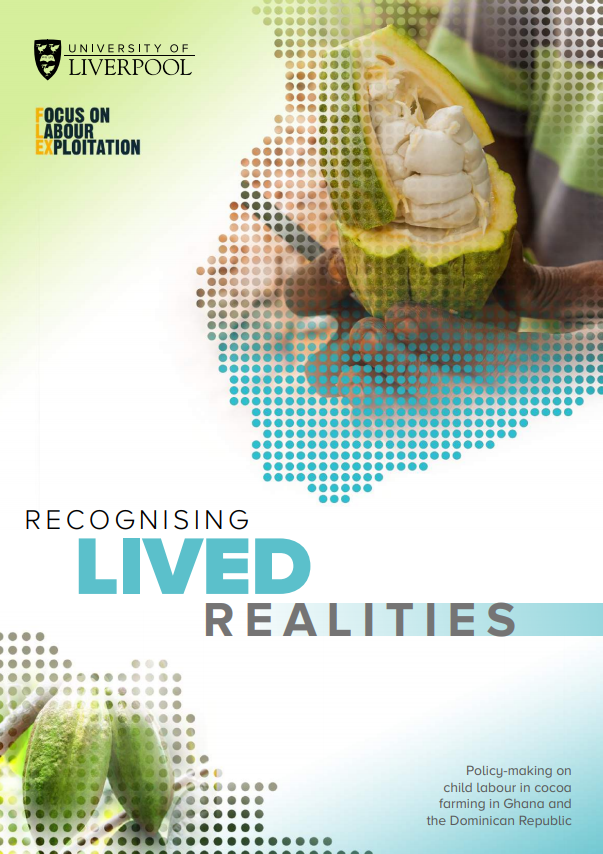This briefing presents the findings of a project, led by University of Liverpool in partnership with FLEX and funded by the British Academy with the Department for International Development.
The project assessed how transparency in supply chains for chocolate and clothes (please see separate garment briefing) can help to protect human rights, including children’s rights, and the wellbeing of workers in low and middle-income countries. This briefing examines the findings from research into the cocoa sector in Ghana and the Dominican Republic to provide key policy recommendations for businesses and governments.
child labour

